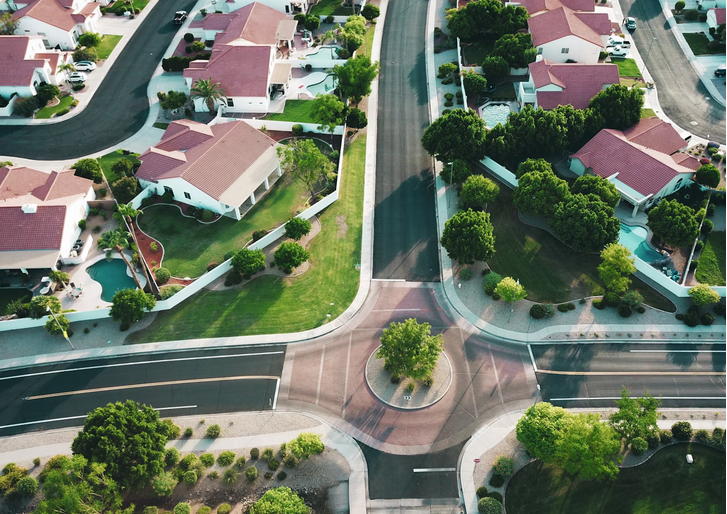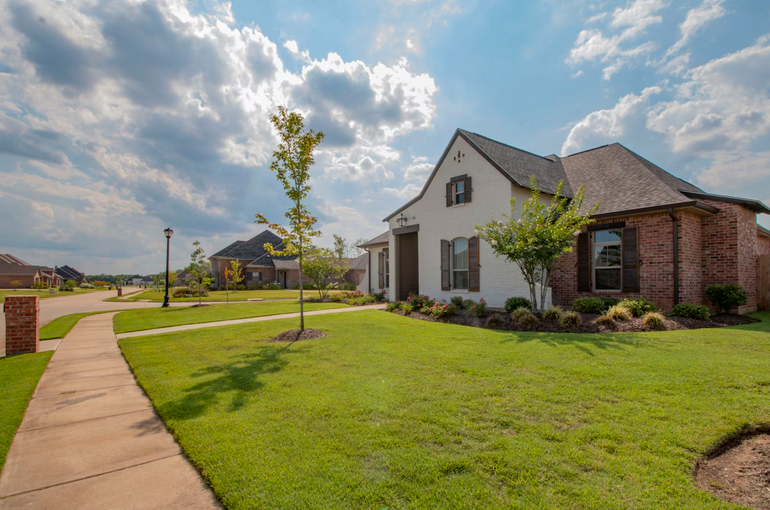Debunking the Top Misconceptions Regarding Prefab Homes
Are you tired of hearing the same old misconceptions about prefab homes? Well, get ready to have your mind blown. In this eye-opening blog post, we are here to debunk those myths and set the record straight. From being labeled as “cheap” or “cookie-cutter” to concerns about durability and customization options – we’re diving deep into the world of prefab homes to give you an inside look at why these innovative structures are revolutionizing the way we live.
Prefab Homes Lack Customization

One prevalent myth about prefab homes is that they lack customization options. In reality, modern prefab homes offer a wide range of customization possibilities. From architectural styles and floor plans to interior finishes and fixtures, homeowners can tailor their prefab homes to meet their unique preferences and needs. Many prefab manufacturers collaborate with architects and designers to ensure flexibility and personalization in the design process.
Prefab Homes Are Poor in Quality
Another common misconception is that prefab homes compromise on quality compared to traditional stick-built homes. In truth, prefab homes are built with precision in controlled factory environments. The MZ website mentions the use of advanced technology and quality materials to ensure that prefab homes meet or exceed industry standards. Many prefab homes undergo rigorous inspections during the manufacturing process, resulting in high-quality structures that can withstand the test of time.
Prefab Homes Are Only for Temporary Use
Some individuals believe that prefab homes are suitable only as temporary or vacation residences. On the contrary, prefab homes are designed for permanent living. They adhere to the same building codes and standards as traditional homes and can be as durable and long-lasting. Prefab homes offer a viable and sustainable solution for primary residences, providing the same comfort and longevity as conventionally constructed houses.
Prefab Homes Have Limited Design Options
A common misconception is that prefab homes come in limited design options, leading to a monotonous appearance. In reality, prefab homes are available in a diverse array of architectural styles, from sleek modern designs to traditional and rustic aesthetics. Homeowners can choose from a variety of floor plans and layouts, allowing for a high degree of customization. Prefab homes offer versatility and cater to a broad spectrum of design preferences.
Prefab Homes Are Not Energy-Efficient

Some believe that prefab homes are not as energy-efficient as traditional homes. In truth, prefab homes can be designed and built to meet or exceed energy efficiency standards. Many prefab homes incorporate sustainable features such as energy-efficient windows, insulation, and HVAC systems. With advancements in green building practices, prefab homes can achieve high levels of energy efficiency, contributing to lower utility bills and reduced environmental impact.
Prefab Homes Are More Susceptible to Weather Damage
There’s a misconception that prefab homes are more susceptible to weather damage during transportation and installation. In reality, prefab homes are constructed with transportation in mind, and manufacturers take precautions to reinforce the structure for safe transport. Additionally, on-site assembly is typically faster than traditional construction, minimizing the exposure to adverse weather conditions. When properly installed, prefab homes are as resilient as their site-built counterparts.
As the demand for efficient and sustainable housing solutions continues to grow, it’s essential to dispel common myths surrounding prefab homes. These innovative structures offer customization, quality, and durability comparable to traditional homes. Prefab homes are not limited to temporary use, and they come in a variety of designs, embracing energy-efficient practices. By overcoming these myths, potential homeowners can make informed decisions, recognizing the many benefits that prefab homes bring to the table.
